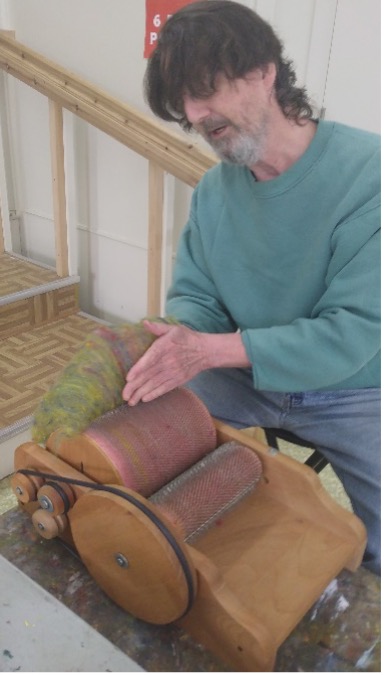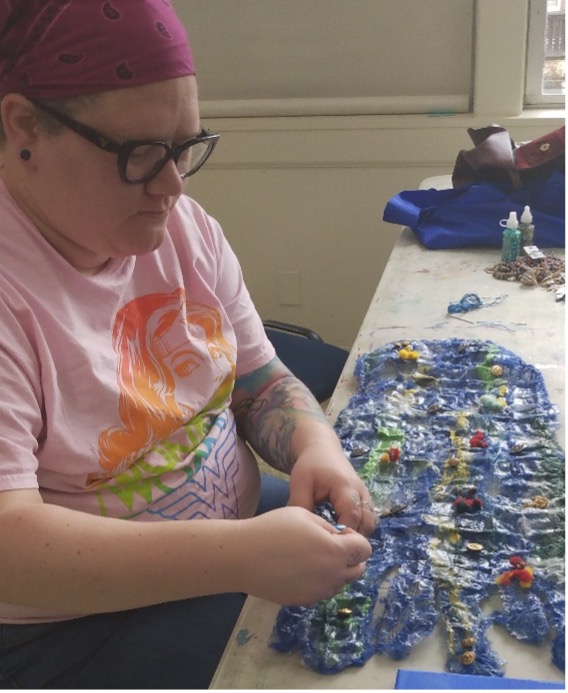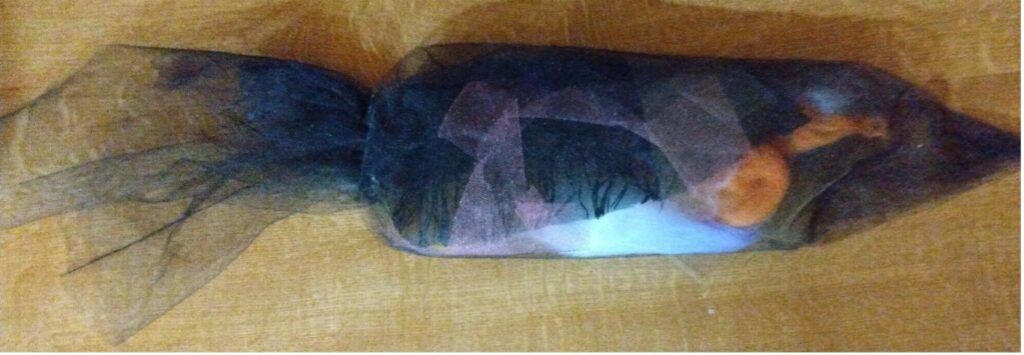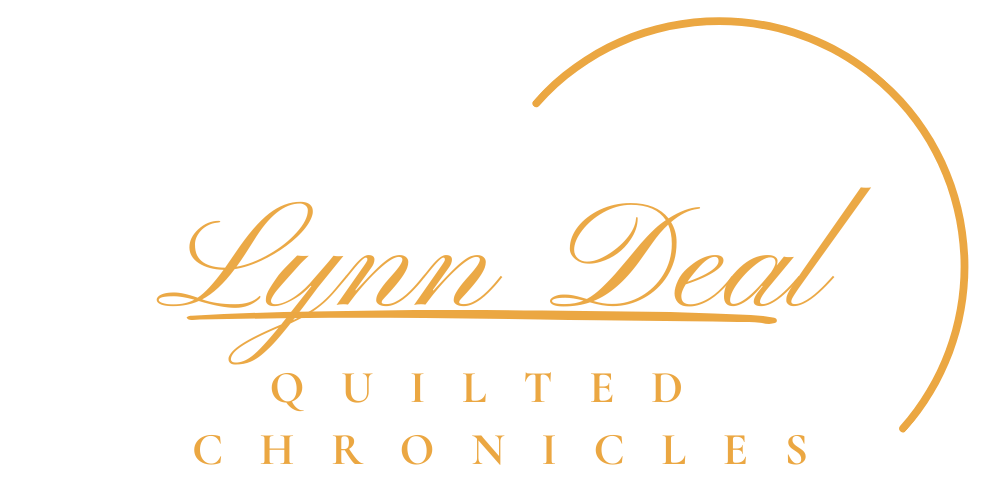The Exquisite Gorge II (EGII) project’s goal is to link art between different artists and with different organizations so that artmaking continues forging community partnerships within the designated sections of the Columbia River. My section of the Columbia flows between Portland and Vancouver, so as a featured artist, the community partner between Maryhill Museum of Art and myself was at the Oregon Society of Artists (OSA) on SW Park Street in Portland, Oregon.
I shared with the U.S. military veterans’ art program for OSA’s 2022 Winter Art Session. My process, called Wool Painting, incorporated my techniques of combining the traditional crafts of spinning and quilting so that a new type of imagery occurred. This process used the wool itself as a painting medium rather than the more established mediums of oils, acrylics and watercolor. Each veteran willingly explored and familiarized themselves with my wool painting techniques. In return, I was welcomed into a friendly, unique, military arts community. I’m happy and not surprised that the process of making art brought us all together in a special community at the Oregon Society of Artists.
To achieve this community, each student focused on using two properties found in sheep’s wool: color and loft, or height. Colors included both natural and already dyed wools. Introductory assignments blended colors to create unique hues. The introduction to loft was a bit more demanding, for this required a technique known as carding. Think of it being similar to selecting the kind of brush needed for different types of paints: watercolor, acrylic, or oil painting. Armed with this new knowledge, each artist added their own skill sets to hold the wool in place. These methods varied from stitching and felting the wool to starching and gluing it.
“This is mysterious stuff,” one Veteran artist told me, holding his painted wool up to the light before securing it with thread between layers of tulle.

In addition to these personal community building relationships via artmaking, each veteran also depicted a unique physical aspect of the Pacific Northwest community: the Columbia River. For example, one student featured the river in her portrait. First she replicated the pigment of her skin by blending different shades of wool to create a face. Then she used blue wool, enhancing its loft with glue, to represent long flowing hair, as a way of connecting her portrait to the river. Twisted flecks of red and yellow wool and military buttons embellish this piece and represent swimming fish and her enlistment. Several other students painted landscapes with wool, blending different colors together so the painting accommodated their own interpretations of this mighty river. In our post-COVID, strife-driven world, I really bonded to everyone’s artistic endeavors and these multiple community affirmations.
Each Veteran then added their own special artistry to my EGII sculpture. Of the topics suggested, the students chose to create fish. Each student received the necessary dimensions and used at least one of the techniques shared during our wool painting class. All five fish will be suspended in my EGII sculpture at the Oregon Society of Artists July 2022 exhibition as well as in Maryhill Museum’s August 2022 EGII exhibit. This OSA outreach arts program, combined with Maryhill Museum’s specific art community, illustrates how arts outreach and creative diversity builds community effectively.
Veteran Michael Hannan paints with wool at Oregon Society of Artists, Winter 2022 Session



